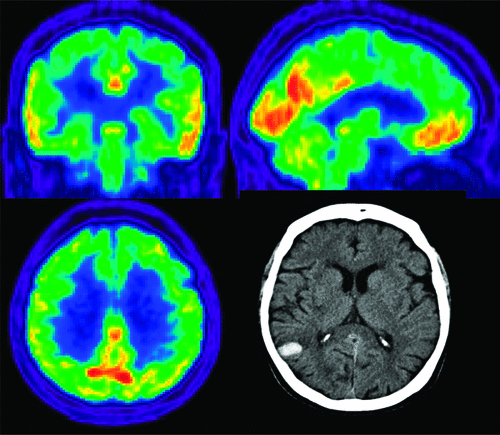
Hypofrontality and negative symptoms in schizophrenia: synthesis of anatomic and neuropsychological knowledge and ecological perspectives. Prefrontal function in schizophrenia: confounds and controversies. The functional neuroanatomy of schizophrenic subsyndromes. 2 Honey GD, Sharma T, Suckling J, et al.Philadelphia, Pa: Lippincott Williams & Wilkins, 2005 1329–1558. Kaplan & Sadock's comprehensive textbook of psychiatry. Schizophrenia and other psychotic disorders. Smaller coinciding clusters were found in the left posterior and right anterior cingular gyri, left inferior frontal gyrus, and middle occipital gyrus.Ĭonclusion: The middle and superior temporal and the cingular gyri are closely related to the abnormal neural network involved in the auditory emotional dysfunction seen in schizophrenic patients. 005) were found in the left and right middle temporal and superior temporal gyri. Results: Large coinciding brain clusters ( P <. Statistical analysis used the general linear model, Student t tests, random effects analyses, and analysis of covariance with a correction for multiple comparisons following the false discovery rate method. A coincidence map was generated by multiplying the emotional subtracted functional MR and volume decrement morphometric maps. The functional and morphometric MR images were overlaid to depict voxels statistically reported by both techniques. Anatomic differences were explored by optimized voxel-based morphometry. Brain activation images were extracted by subtracting those with emotional from nonemotional words. Functional echo-planar T2*-weighted (after both emotional and neutral auditory stimulation) and morphometric three-dimensional gradient-recalled echo T1-weighted MR images were analyzed using Statistical Parametric Mapping (SPM2) software.

Twenty-one right-handed male patients with schizophrenia and persistent hallucinations (started to hear hallucinations at a mean age of 23 years ± 10, with 15 years ± 8 of mean illness duration) and 10 healthy paired participants (same ethnic group, age, and education level ) were studied. Materials and Methods: Institutional review board approval was obtained and all participants gave written informed consent. Purpose: To prospectively evaluate if functional magnetic resonance (MR) imaging abnormalities associated with auditory emotional stimuli coexist with focal brain reductions in schizophrenic patients with chronic auditory hallucinations.


 0 kommentar(er)
0 kommentar(er)
